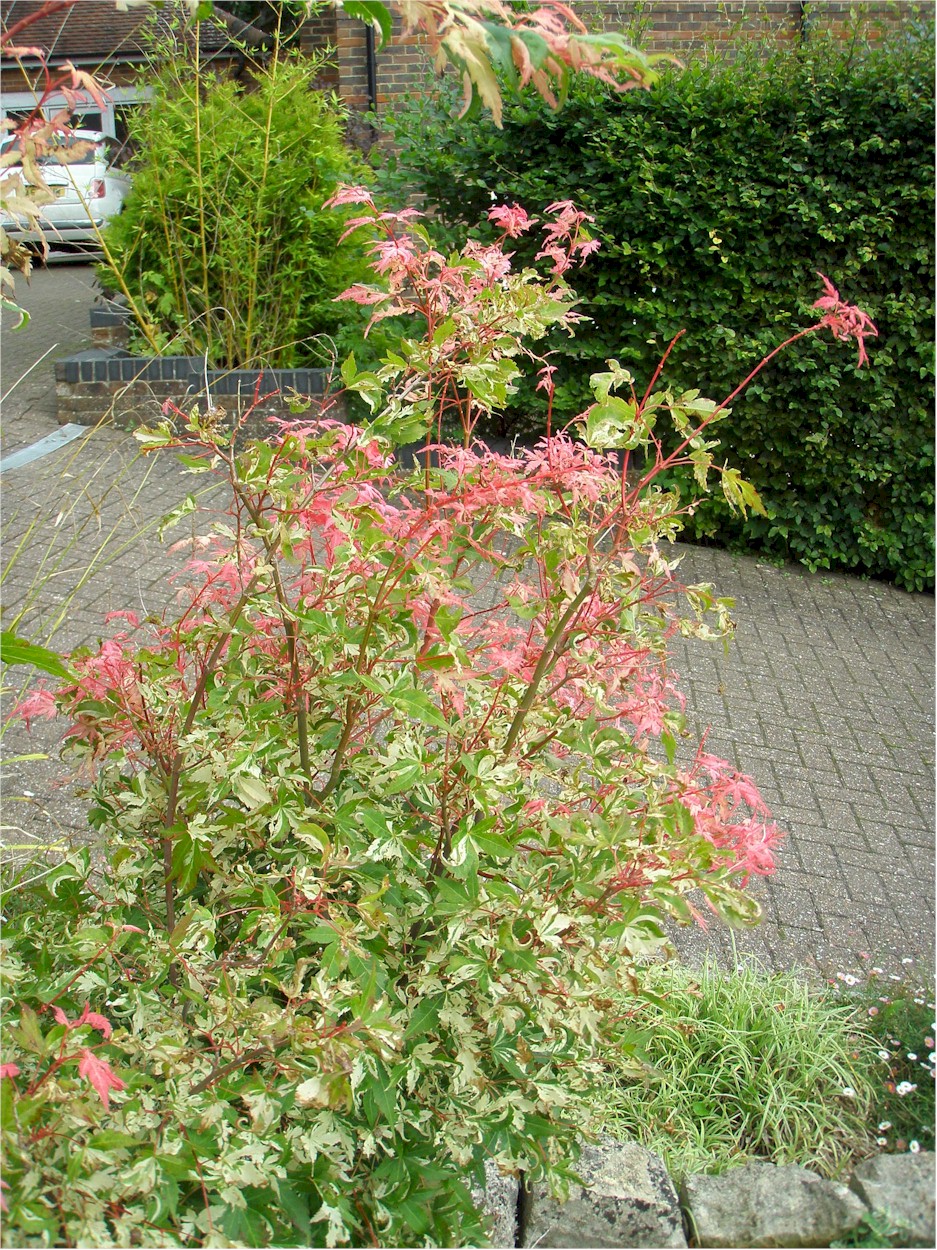

Tower and Town, October 2020 (view the full edition) (view the full edition)Autumn ColoursAutumn is a time of outstanding beauty, when deciduous trees produce a glorious burst of colour before the onset of winter. Leaf colour is due to pigments which absorb sunlight and use its energy to produce sugars by the process of photosynthesis. The three pigments that colour leaves are chlorophyll (green), carotenes (yellow, orange) and anthocyanins (reds and pinks). Most leaves are green because chlorophyll is the primary pigment which absorbs red and blue light, reflecting the green light which we see. Carotenes and anthocyanins are accessory pigments which help to harness different wavelengths of light. In spring and summer, these yellow and red pigments are masked by the dominant green chlorophyll. As the days become shorter and cooler, the green chlorophyll breaks down, and leaves turn yellow and orange as the carotene becomes visible. In preparation for leaf shedding, a layer of cells forms across the base of the stalk. This restricts the movement of sugars back to the main part of the tree. Sugars become trapped in the leaf and are eventually converted to anthocyanins, producing red or pink colours. Cold, dry autumns produce the best colours because low temperatures speed up the breakdown of chlorophyll, yellowing the leaves. Dry weather concentrates the sugars in the leaves so more anthocyanin is produced and redness is enhanced.  Deciduous trees shed their leaves in autumn and enter a period of hibernation until the following spring. Leafless trees require far less water and energy to survive; a considerable advantage during the winter months when there is little sunlight and the ground may be frozen. In addition, high winds can whistle through the bare branches, making it less likely that trees are blown over in the winter storms. Coniferous trees have different adaptations which enable them to retain their leaves over winter. The leaves are rolled tightly into needles whose small surface area and waxy coating enables them to resist cold and conserve water. Some conifers, however, do shed their leaves in winter; the classic example is larch which boasts bright green foliage in spring and beautiful yellow colours as the needles are shed in the autumn. Seán Dempster |